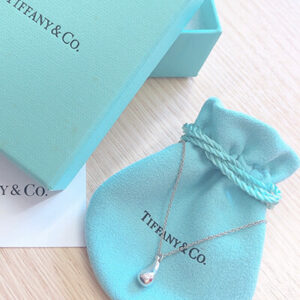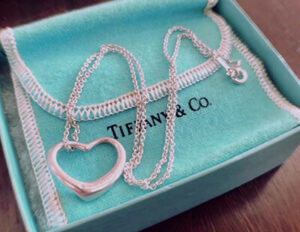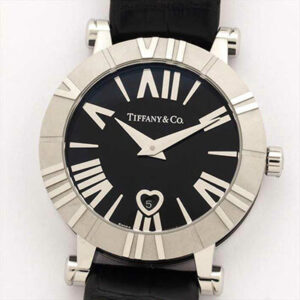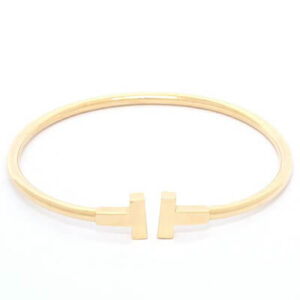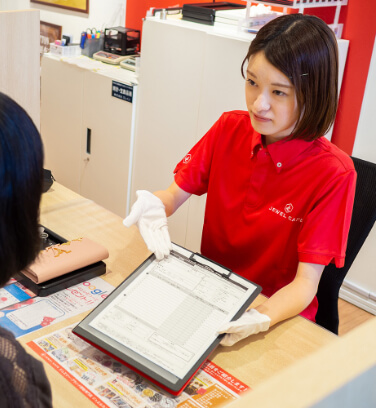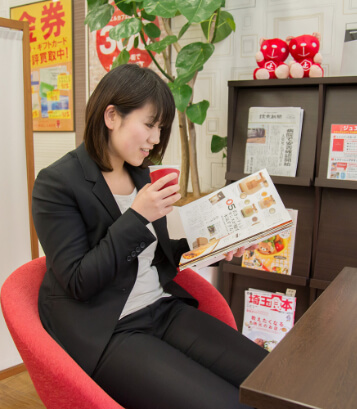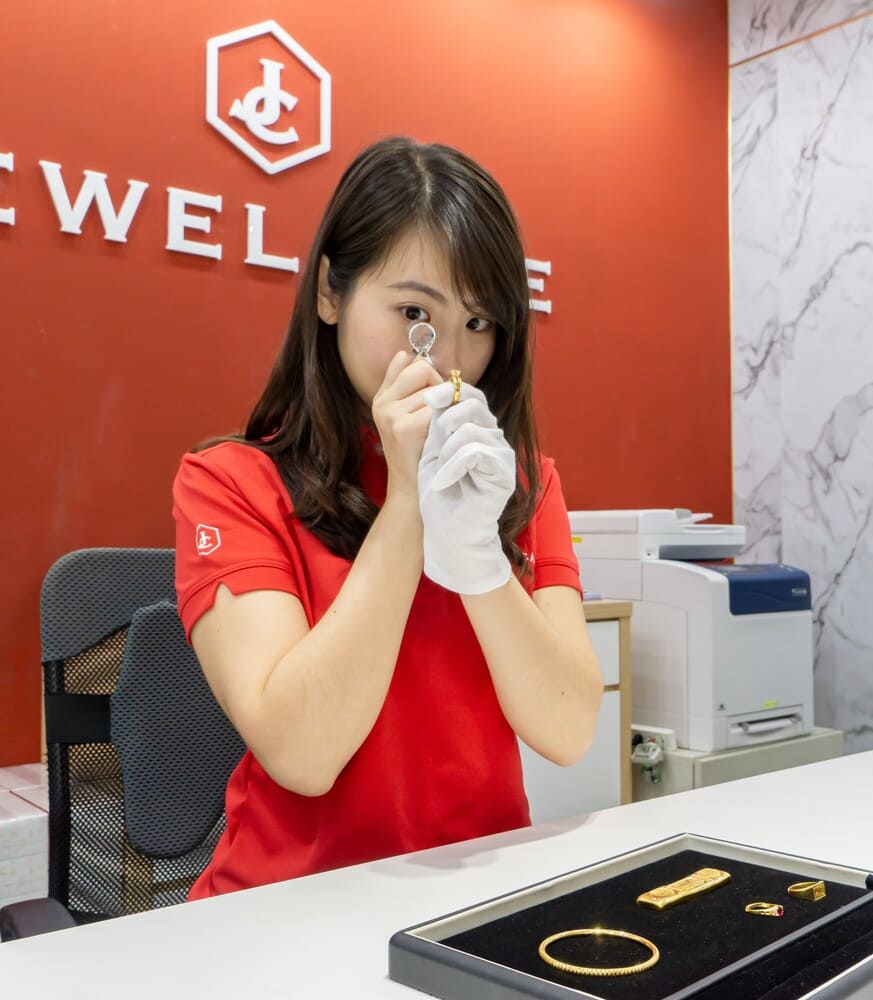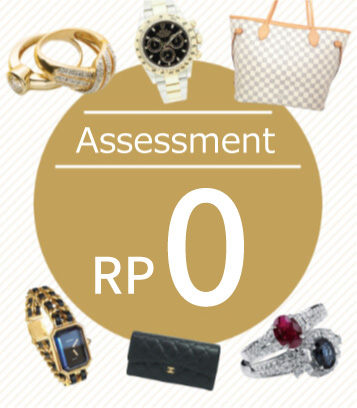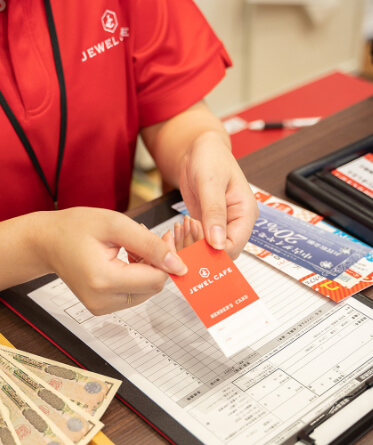About Tiffany & Co. Purchase
Tiffany & Co. has one of the most impressive histories out of all the luxury brands. It was founded in New York in the year 1837, which was the exact same year Hermes was founded in France. At first, the company was called Tiffany & Young, after its two founders, Charles Lewis Tiffany and John B. Young. It didn’t start out as a jewelry company but sold stationery and fancy goods instead. The first store was located at 259 Broadway, and it operated on a list-price-only basis with no bargaining, which was a revolutionary concept at the time. In 1843, they began selling imported gold jewelry from Europe, and launched America’s very first mail order catalogue, the “Blue Book”, two years later in 1845.
The 1848 February Revolution in France catalyzed their acquisition of many precious jewels from among the nobility, leading to the sale of diamond jewelry for which the company is now known. Charles Lewis Tiffany was even referred to as the “King of Diamonds” by the American press. At the start of the 1850’s they began dealing in silver pieces as well, and in 1853 the company was renamed to its current name, Tiffany & Co. It was also around this time that the Atlas Clock was installed by the storefront. Charles Lewis Tiffany’s business acumen in firmly establishing the company within 15 years set the stage for the company to continue growing and flourishing into whatit is today.
Obtaining the bronze medal in the silverware category at the 1867 Paris Expo – the first American winner in that category – further consolidated Tiffany’s reputation across Europe. At the 1878 Paris Expo, Tiffany & Co. went on to win the grand prix for silverware as well as the gold medal for jewelry, testifying to the company’s exponential growth within those 10 years and marking the turning point when the company cemented its position as a world-class jeweler. Throughout the second half of the 19th century, Tiffany & Co. reigned as the top jewelry brand in America and was even commissioned to revise the Grand Seal of the United States into the design that is still in use to this day. In 1886, Charles Lewis Tiffany invented the “TiffanySetting”, which is a diamond setting designed to showcase the diamond’s maximum brilliance. By setting a Round Brilliant Cut diamond within 6 evenly spaced claws, light enters the diamond from every angle, allowing it to really shine. It has since become the beloved classic design for engagement rings even today.
At the height of the 20th century, new designers began knocking on Tiffany’s door one after the other, and Gene Schlumbersee was added to the existing design team of Paulding Farnham and Louis Comfort Tiffany as a jewelry designer. The outstanding artistry of Schlumbersee’s designs captivated the hearts of many celebrities. Later, another jewelry designer by the name of Donald Franklin also joined the team, followed by Elsa Peretti in 1974, whose beautifully organic sculpted designs marked a somewhat different collection within the company’s product lineup. In 1979, John Loring was appointed as design director, who brought in Paloma Picasso the following year.
Her unique, innovative designs resembled modern art and was very well received. Thus, within 200 years of history, Tiffany & Co. grew to become a household brand within American society, first among celebrities and then eventually infiltrating deep into the masses as a luxury brand desired by all. At present, Tiffany & Co. has opened brand stores in more than 20 countries, including London, Rome, Sydney, and Tokyo.
Popular collections often purchased by Jewel Cafe include The Atlas Collection, Tiffany Infinity, Tiffany 1837, Tiffany T, Return to Tiffany, Tiffany Enchant, Tiffany Keys, Tiffany Victoria, Ziegfeld Collection, Diamonds by the Yard, Sixteen Stone Ring, Olive Leaf, Open Heart, Sugar Stacks, the Bean design, Loving Heart, Lynn, Teardrop, Bone cuffs, etc. We are not only actively looking to purchase Tiffany & Co. items that are still in good condition, but also pieces that are warped or scratched, so you are most welcome to bring them in for appraisal.








